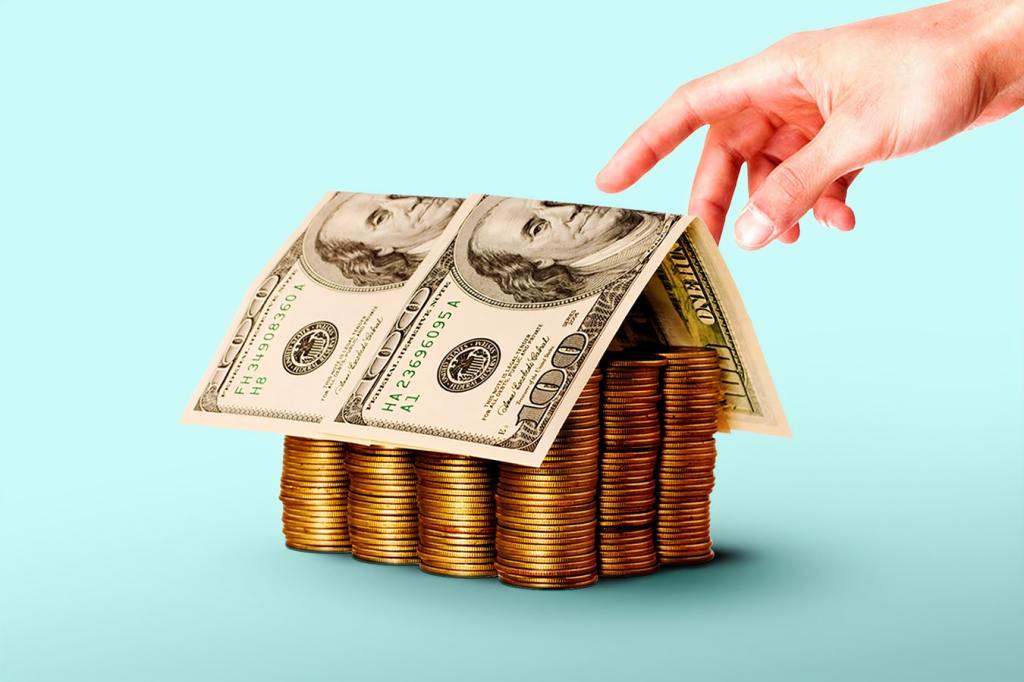Homeowners 62 and older saw their collective home equity levels rise in the second quarter of 2024 by roughly $600 billion, increasing to a total of $14 trillion and continuing a streak of forward momentum observed in the first quarter.
This is according to the Reverse Mortgage Market Index (RMMI), a measure of senior-held home equity maintained by the National Reverse Mortgage Lenders Association (NRMLA) in partnership with data analytics firm RiskSpan.

The RMMI increased to 489.70 in Q1 2024, up from the Q1 level of 461.28. There was an estimated 3.97% (or $624.6 billion) increase in senior home values, which was offset by a 0.89% (or $20.9 billion) increase in senior-held mortgage debt.
“America’s older homeowners are sitting on $14 trillion in home equity, which is an impressive milestone,” NRMLA President Steve Irwin said in a statement accompanying the data. “Housing wealth represents a critical, yet underutilized, resource that can provide greater financial security for America’s aging population.”
Irwin added that the consideration of this resource should be a part of any conversation about retirement security.
“We encourage homeowners to at least consider tapping their home equity when creating a comprehensive retirement plan, because those funds can be used to pay for everything from daily living expenses to future long-term care needs,” he said.
Senior homeowners were beneficiaries of the acceleration in home prices seen during the COVID-19 pandemic. As a frame of reference, in 2011, the collective level of senior-held equity sat at roughly $3 trillion. By Q3 2021, it topped $10 trillion for the first time. And in Q1 2022, it exceeded $11 trillion.





